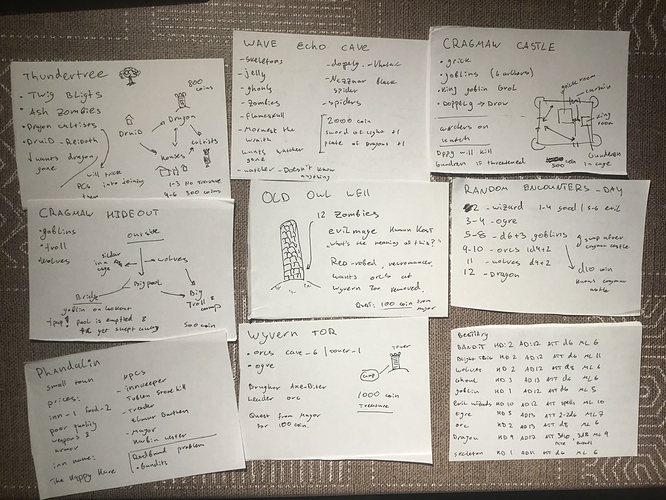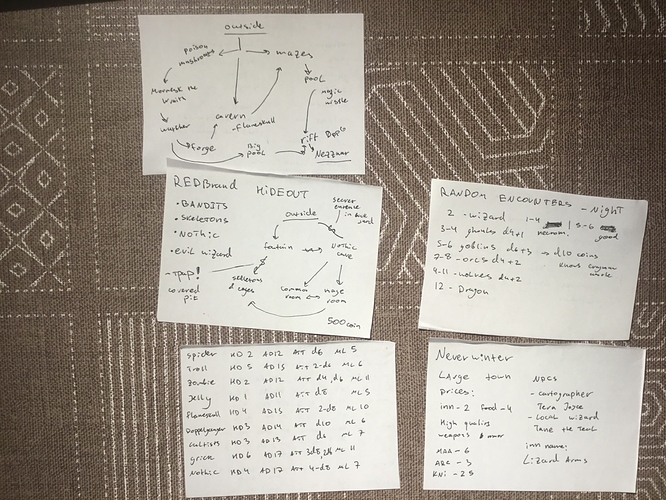Continuing the discussion from Fudging rolls and player agency:
That’s an issue by itself, this is why I suggested to do “something like”. While I love the Tomb, I’m starting to think that a good adventure for new players should involve 2-3 dungeons, somehow linked (like small lairs for monsters/bandits attacking a community):
- The first one should be much like the False Tomb: small and forgiving. You show the basic patterns (there is treasure, there are traps, there are monsters - maybe even go as far as you can use the environment against monsters).
- The second one should be a bit more challenging, maybe introducing some variations in the patterns (traps disguised as treasure) and a small modicum of dungeon diplomacy (prisoners or rebels?).
- Then you graduate to a full blown dungeon. Again, stick to the patterns most of the time, but start adding variations. Maybe even new patterns (there are secret passages behind statues), so the players start to seek them.
Use a small community, like a village, both to link all the dungeons together and for the downtime. This way you have all the pieces in a smaller adventure and with more chances for downtime.
I think this is going to go on my todo list: I would really much like to write this kind of adventure.


